On 20 January, our colleagues at NASA’s Deep Space Network (DSN) will provide a helping hand to Rosetta, catching the initial signal sent from 807 million km via their exquisitely sensitive 70m antenna at Goldstone, California.
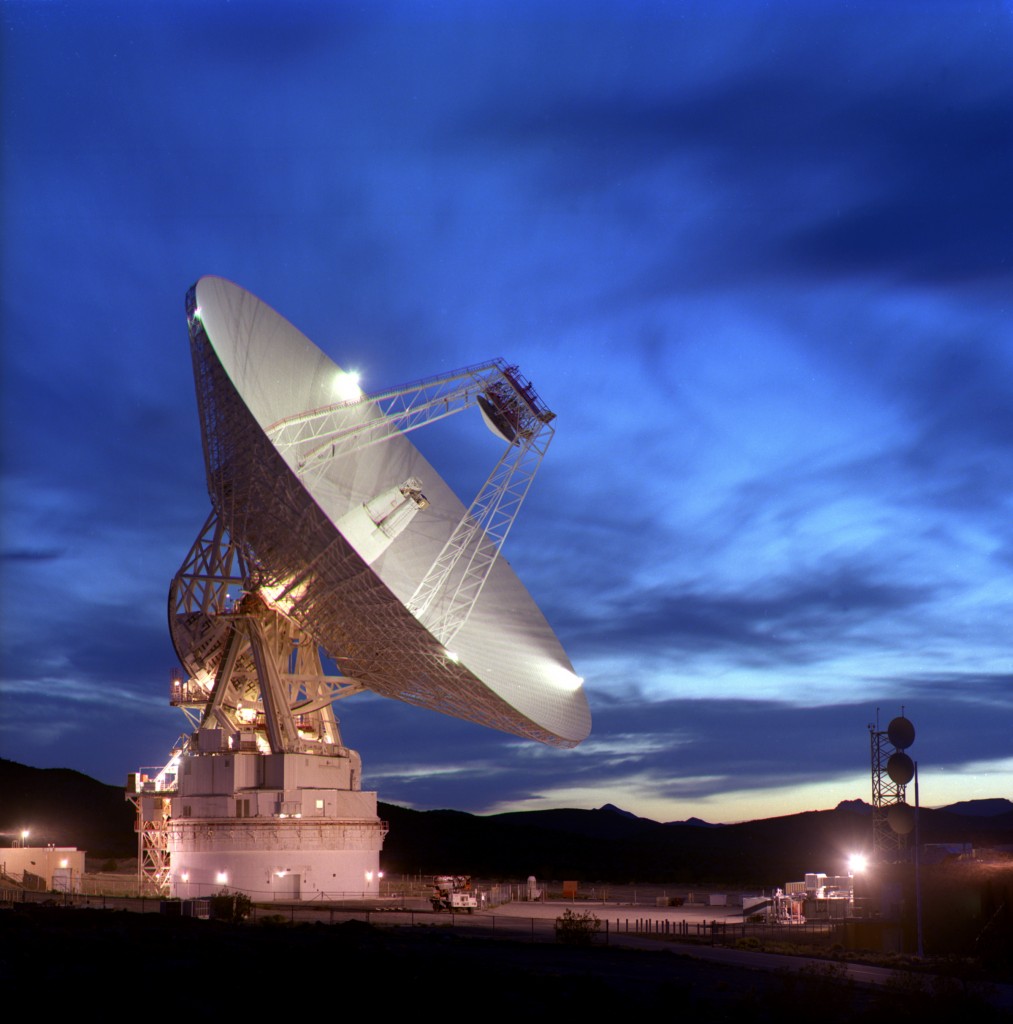
NASA’s 70m antenna, part of the Deep Space Network (DSN – DSS14), Goldstone, California. Credit: NASA
We spoke with Susan Kurtik, Deep Space Network (DSN) Mission Support Managerat the Jet Propulsion Laboratory, California, who answered several questions via email.
Susan wrote:
Our collaboration with ESA has been fantastic in so many ways and we hope that it will become ‘routine’ for all of our missions! Warm regards and best wishes to for waking up Rosetta!
Q. Who are some of the people involved in on the NASA side supporting Rosetta wake up?
The NASA team includes the DSN engineers and station operators at Goldstone and Canberra and a team of JPL engineers in Pasadena. For such a critical event like this, there will be about 100 engineers and 20 operators supporting Rosetta.
Q. For the DSN folks over there, is this a pretty routine thing – supporting another Agency’s mission? Do folks keep up with Rosetta regularly?
It is always special to support our international partners, especially when we get to participate in the most exciting phases of their missions! It is a great experience to team with engineers and scientists from around the world, sharing the common goal of exploring deep space. We are currently supporting ESA’s Cluster, Venus Express, Mars Express and Rosetta.
After Rosetta wake up on 20 January, there are 7-hour tracking passes scheduled every day for the first week and then daily 5-hour passes over DSN stations.
We have a long standing cross-support arrangement with ESA, which has been mutually beneficial to our agencies and science communities. ESA’s ESTRACK stations have also supported the most critical events of our NASA missions, including launches, flybys, encounters, and landings on Mars (read about a recent example – ESA tracking Juno – here – Ed).
Q. What’s some highlights about coordinating with ESA?
Our ESA colleagues are wonderfully fun and it is always a great pleasure to meet in person. What is odd to us is the diversity that is part of ESA’s international workforce. When we are in meetings, there are multiple cultures and languages in the room. We will hear greetings from around the world – Morgen! Ciao! Hola! Bonjour! Hallo! It is great to to be part of such an international team and to experience such a spirit of cooperation.
Q. Where will you be during Rosetta signal acquisition on Monday? What will you be seeing?
I will be in the Deep Space Operations Center (DSOC) in Pasadena, eating peanuts of course (and wearing my lucky shirt).
The DSN operations teams at JPL DSOC will be monitoring network operations at our Deep Space Complexes, operating our radio science receivers (which we expect to be the first equipment to capture the signal from Rosetta durin wake up), and operating the data control equipment that will deliver the first telemetry data to the Rosetta team at ESOC.
Q. How’s the food in Germany?
The food in Germany is really great, including the meals at the ESOC cafeteria!

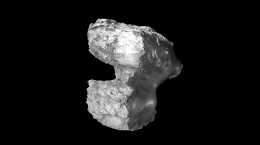
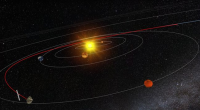
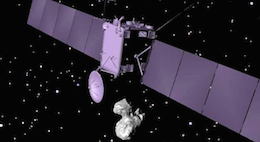

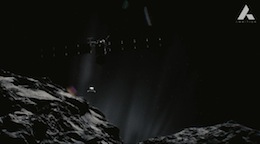
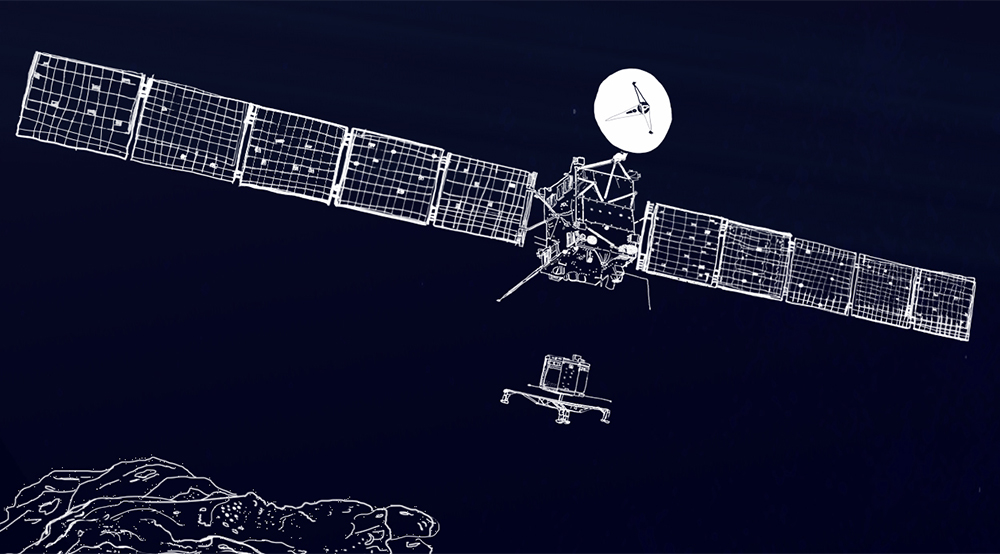
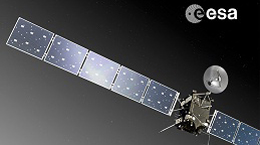
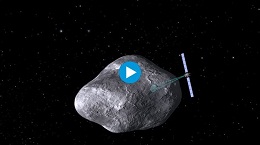
Discussion: no comments